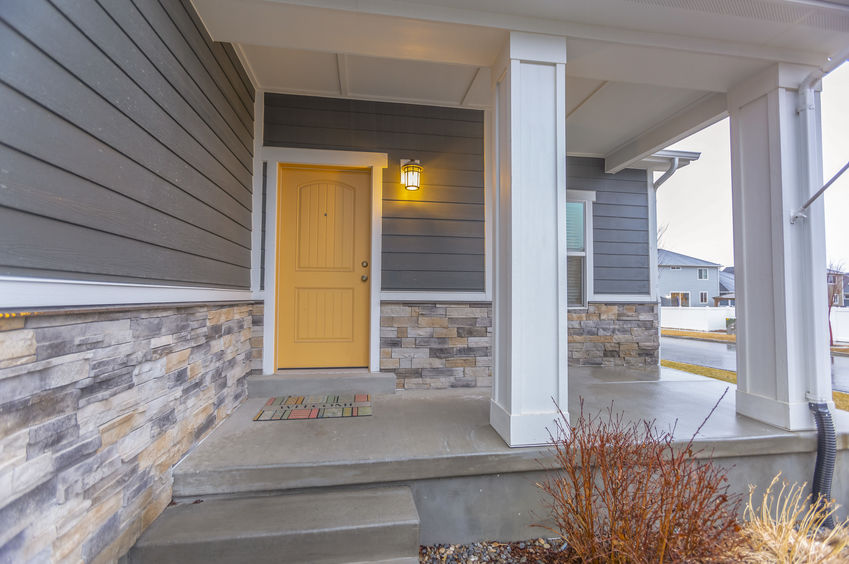Whether you are building new or renovating your siding, consider choosing an option that best meets your needs for durability and maintenance.
A great siding material can help you create the perfect facade by adding color and definition to your home’s exterior. This article looks at the best materials for the exterior of your house.
- Stone Siding

Stone is a natural material that is highly durable and environmentally friendly. Whether you are using granite, slate, limestone, or other types of stone siding, you are sure to get a beautiful material that is nearly impervious to weather. However, a professional should do the installation of stone siding, as it is difficult to install this material on an existing structure. With little maintenance, stone siding can remain as attractive and natural decades later as when it was first installed.
- Fiber Cement
Fiber cement is manufactured in a wide array of colors and textures that mimic the appearance of actual types of wood. Depending on the manufacturer, fiber cement can last more than 50 years because it is resistant to termites, fire, water, and other natural elements. This type of siding is made up of cement, fly ash or sand, and cellulose fiber. It can be costly than vinyl siding but less expensive than wood siding. It is installed on a moisture barrier over studs or an exterior wall sheathing.
- Stucco Siding
Stucco is a type of cement mixture added to lime or sand. Unlike cement fiber, it can be shaped and textured to achieve a wide array of architectural styles. It is installed by covering a wooden wall with tar paper and galvanized metal screening before covering it with stucco. This type of siding can also be applied to stone and brick surfaces. The classic look of stucco can be easily achieved on homes with Mediterranean or Spanish-mission exteriors. Through careful installation, you can easily minimize the possibility of unwanted cracks because stucco is a very rigid siding material.
- Brick Siding
Brick siding is made from fired clay and comes in different sizes and textures. This type of siding is commonly associated with Colonial, English, and Tudor cottage exteriors. It provides a beautiful look that has stood the test of time and has been used for hundreds of years. In the modern era, brick siding is installed on the exterior of your home with mortar that holds the bricks together. A membrane is installed between the house and the brick veneer to protect it against water. Brick siding can last for a lifetime if installed properly but can be costly upfront because it is labor-intensive.
- Wood Siding
Wood siding is very popular and can provide a rick look if properly maintained. It is often used for Cape Cod, bungalow and cottage exteriors. Wood shingles provide a smooth and consistent look and are uniform but thinner in appearance than shakes. They can be cut into different shapes and sizes based on your needs and preferences. If you are attracted to the look and versatility of wood, periodic maintenance, and frequent staining is a must because wood is susceptible to weather damage as well as insect or rodent attacks.
- Vinyl Siding
Vinyl has become a popular siding material because of its high versatility, low costs, and easy maintenance. Although many homeowners do not like the plastic looks of vinyl, it has gained popularity because it comes in a wide variety of styles and colors. It only requires a few tools to install vinyl siding which can be found easily at home improvement stores. To ensure you are installing it correctly, be sure to follow the manufacturer’s instructions to avoid unnecessary mistakes that can be costly in the future.
There are many types of materials that can be used to finish the exterior walls of a home. The best siding option for your home may vary depending on geographical location, climatic conditions in your area, budget, and individual preferences. A good siding material not only improves the aesthetic appeal of your home but also protects your house against bad weather and other natural elements. It is important to weigh the benefits and downsides of each siding material to determine what suits your home’s architectural style.
